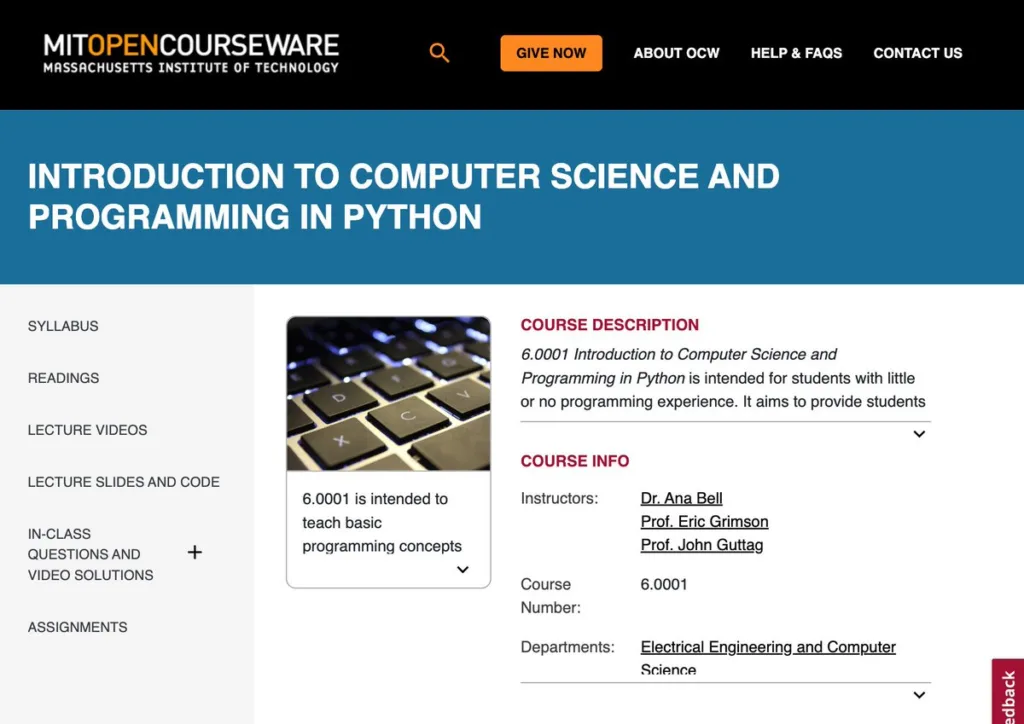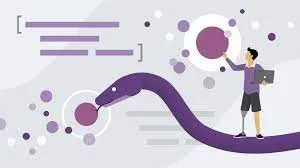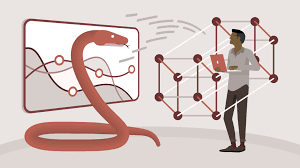Whether you work in film, marketing, healthcare, automobile, or real-estate, generative AI is changing the way your job is executed, and those who adapt early will reap its benefits sooner. All professions will be affected by generative AI. Its invention can be compared to the invention of photography, a true creative revolution. If you want to be part of the leaders that are advancing this revolution, this course can get you started on your learning journey.In this course, generative AI expert Pinar Seyhan Demirdag covers the basics of generative AI, with topics including what it is, how it works, how to create your own content, different types of models, future predictions, and ethical implications.





